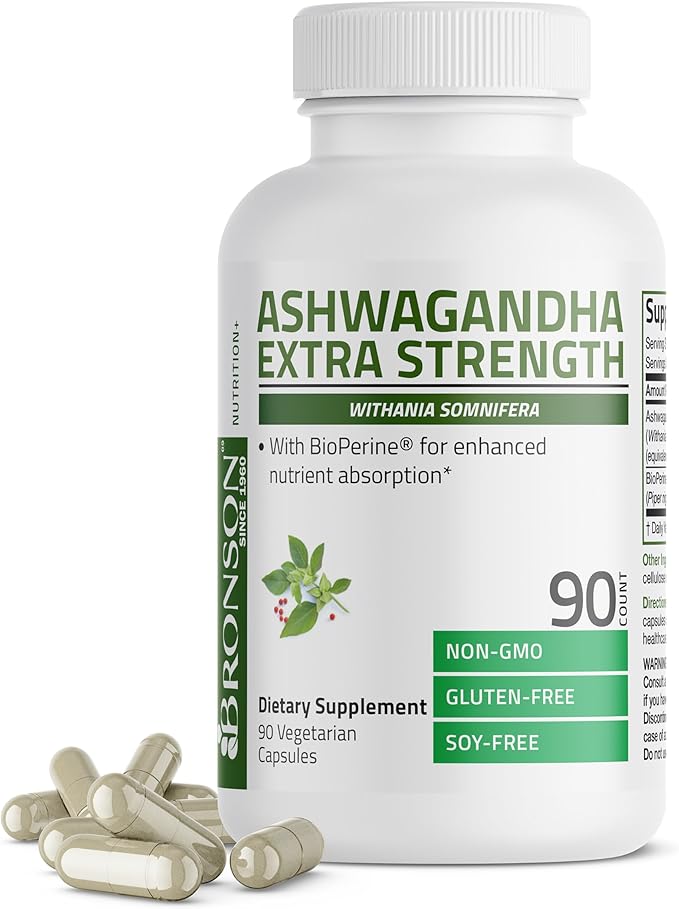Can you take Alpha Linolenic Acid and Curcuminoids together?
Interaction Details
Taking Alpha Linolenic Acid and Curcuminoids together has the potential for good synergy, suggesting a rating of 4 out of 5.
Alpha Linolenic Acid (ALA), an omega-3 fatty acid, and Curcuminoids, a compound found in turmeric, both possess potent anti-inflammatory properties. ALA acts as a precursor to EPA and DHA, which are known for their roles in reducing inflammation and promoting heart health. Curcuminoids, particularly curcumin, directly inhibit inflammatory pathways. When taken together, they may complement each other's anti-inflammatory effects. Curcumin's bioavailability can be enhanced by being taken with fatty acids, which might improve the efficacy of both compounds. The combination could lead to an enhanced anti-inflammatory response, potentially synergistic in nature, by targeting different aspects of the inflammatory process. This could be particularly beneficial in conditions characterized by chronic inflammation.
Potential Benefits
Potential Risks
Related Studies
Alpha Linolenic Acid
Alpha-Linolenic Acid (ALA) is an omega-3 fatty acid found in plant-based foods such as flaxseeds and walnuts. It is considered an essential fatty acid because the human body cannot produce it on its own.
Some benefits of ALA include supporting heart health and reducing inflammation.
Curcuminoids
Curcuminoids are active compounds found in turmeric, a spice commonly used in Asian cooking, with potent anti-inflammatory and antioxidant properties. Some benefits of Curcuminoids include:
